Table of Contents
Knowing how to alter the water pressure in your home can be a lifesaver when dealing with plumbing issues. One easy way to do this is by locating and adjusting the conical valve near the water meter. The valve should have a bolt sticking out of its cone-shaped body, which can be used to control the pressure.
First, it is important to understand what type of valve you are dealing with. If it’s a conical valve, then you simply need to turn the bolt clockwise in order to increase water pressure or counterclockwise if you want lower pressure. Depending on the size and shape of your conical valve, it may require an adjustable wrench or pliers for best results. It is important not to over-tighten as this could lead to more problems down the line, such as leaks and overflows.
What is normal water pressure for a house?

Water pressure is an important factor for modern households. Having the right water pressure can make a huge difference in our day-to-day lives, from showering to doing laundry and washing dishes. But what is normal water pressure for a house?
According to experts, normal household water pressure should be between 40 and 60 PSI (pounds per square inch). Most homeowners prefer their water pressure to be around 50 PSI, as this provides an ample amount of water flow while still maintaining reasonable energy costs. You can adjust your home’s setting by installing a Pressure Regulator Valve (PRV), which helps you maintain the ideal level of flow that suits all family members. It also reduces the risk of potential damages caused by high levels of internal pressurization.
How do I know if the water pressure in my house is too high?
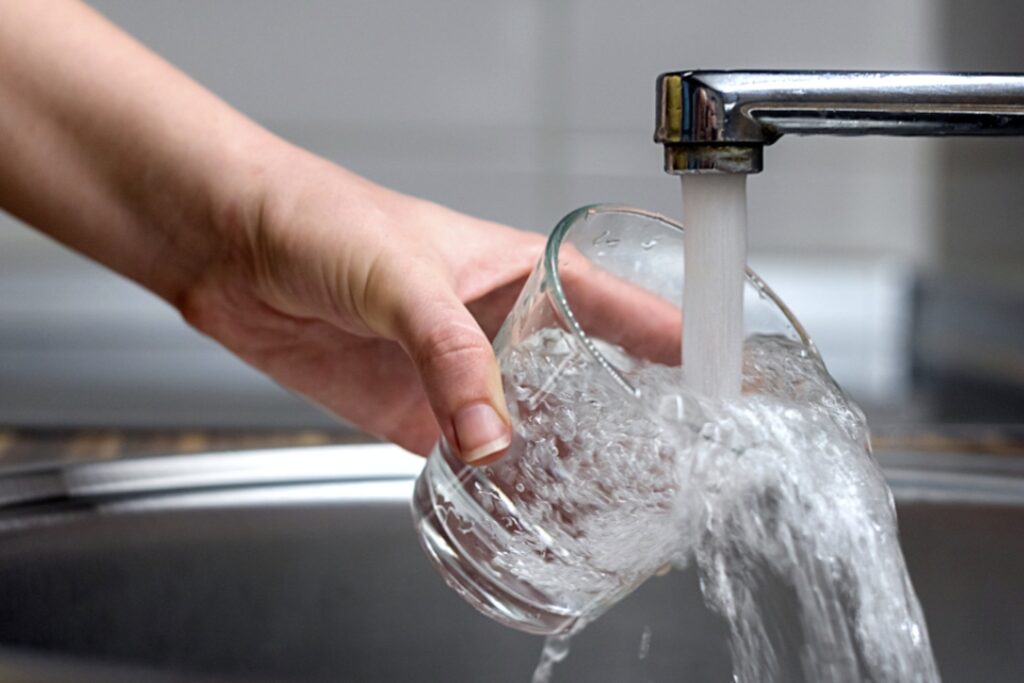
When you hear a banging or clanging noise coming from your pipes, it’s natural to feel concerned. This type of noise is usually an indication that the water pressure in your home is too high and should be addressed as soon as possible. High water pressure can cause damage to your pipes and even lead to excessive water usage, resulting in higher than average monthly bills. So, how do you know if the water pressure in your house is too high?
The most common symptoms are strange noises like banging or clanging coming from the pipes when you turn on faucets or flush toilets. You may also notice leaks at various points along the pipe system, decreased performance of appliances using hot water such as dishwashers and washing machines, and a spike in your monthly utility bill due to excess water usage.
Where is the water pressure regulator located?
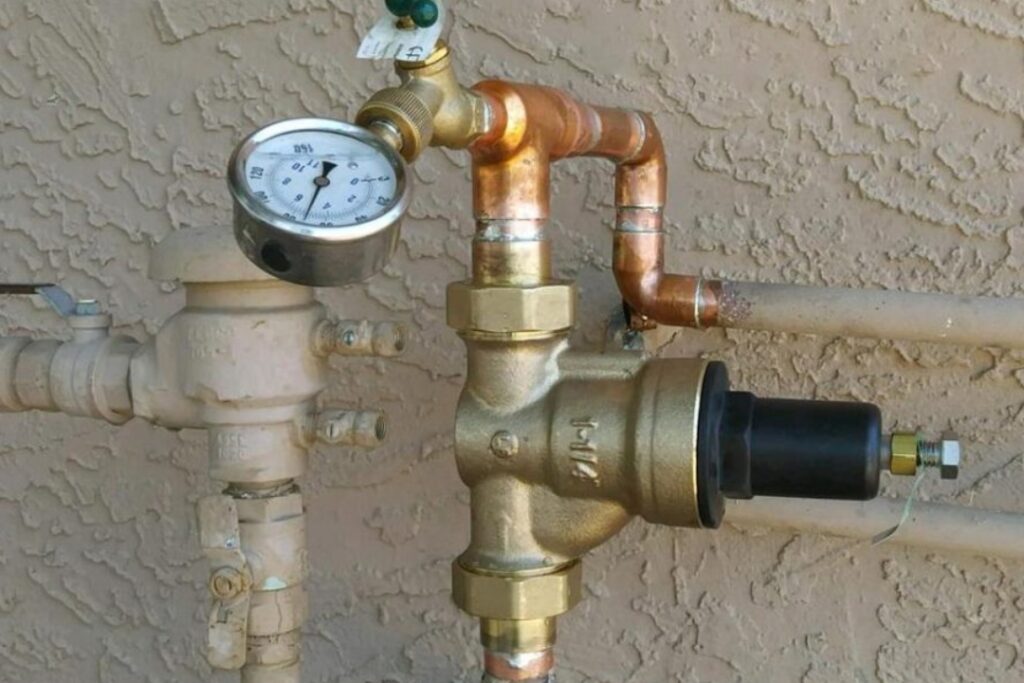
The is a vital part of the plumbing system in any home. It is usually located where the main water line comes into the house and after the main shut off valve. The purpose of the regulator is to maintain an ideal level of pressure in your plumbing system, providing consistent water flow and helping to protect your pipes from damage. Knowing where this important device is located can help you identify problems and make repairs quickly if needed.
If you need to work on or change a water pressure regulator, one of the easiest ways to do so is by shutting off the main water supply to your house. This will stop all running water from entering your house until you turn it back on again once your work is complete.
Why is my water pressure so strong all of a sudden?
Water pressure is a major consideration for many people, particularly when it comes to plumbing. If you’ve recently noticed that your water pressure has become unexpectedly strong all of a sudden, then there are several possible causes. One of the most common explanations is that the geography or infrastructure of your area could be amplifying the water pressure. Areas with tall buildings, plenty of hills, and an abundance of fire hydrants can all contribute to higher than average water pressures in homes and businesses.
In some cases, the municipal or regional water system may also intentionally set high pressures for various reasons. This might explain why you’re suddenly experiencing stronger water flows when washing dishes or taking showers; if the overall pressure in your neighborhood goes up then so will yours!
What happens if your water pressure is too high?
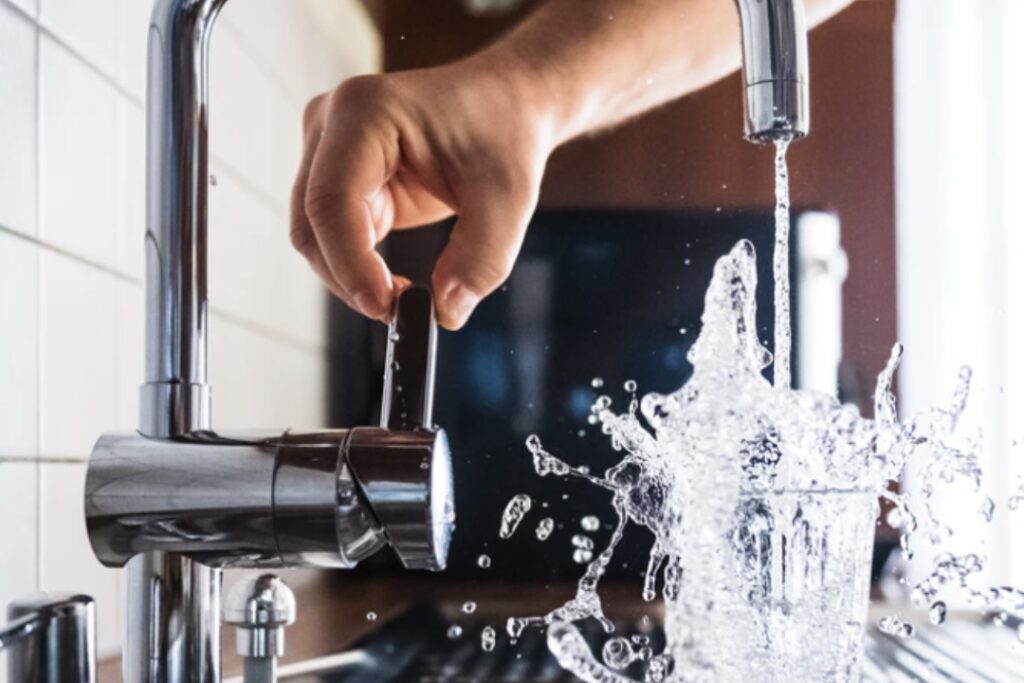
High water pressure can put a lot of unnecessary strain on your plumbing system, leading to loosened joints or pinhole leaks. If not repaired in time, these issues can cause mould growth and other damages to the home. Knowing what happens if your water pressure is too high can help you maintain your plumbing system and protect your home from any potential damage.
A sudden increase in water pressure or having it set at a level that is too high for long periods of time can result in a number of problems. Pipes may start to leak, creating moisture that encourages the development of mould and mildew inside walls or under flooring. Furthermore, it puts extra strain on appliances like dishwashers and washing machines which may not be designed to handle higher pressures.
What causes high water pressure in pipes?
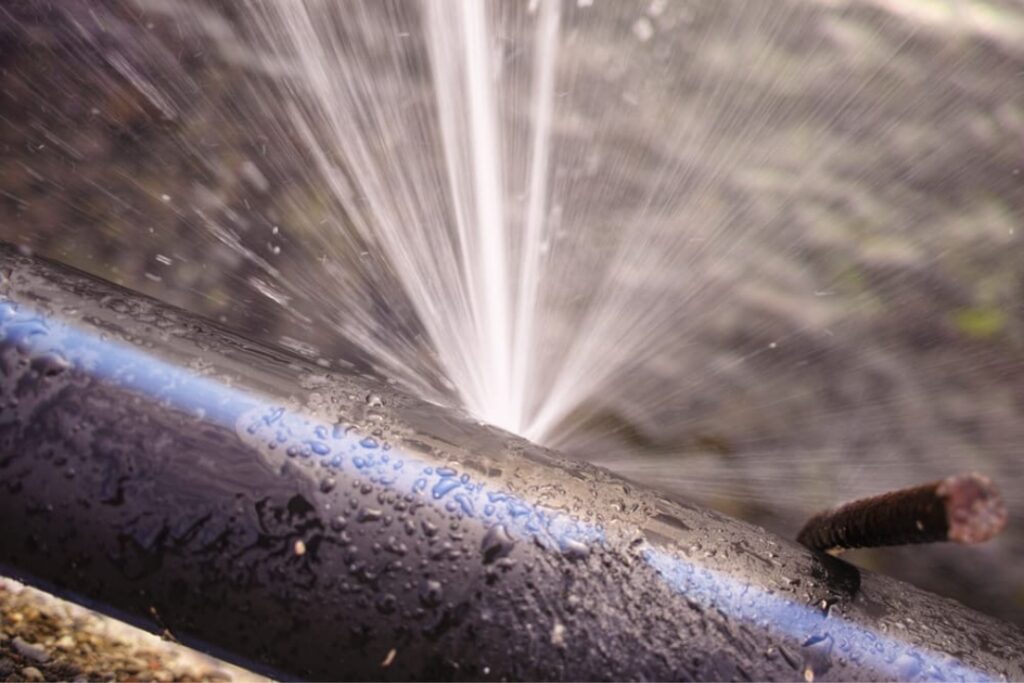
Water pressure is a critical element in modern homes, as it affects the performance of plumbing fixtures and appliances. High water pressure can cause damage to pipes, faucets and other components within the plumbing system, resulting in costly repairs. So what causes high water pressure in pipes?
The most common source of high water pressure is the municipal water supplier. Utility companies pump the water into their networks at a higher pressure than required for household use. This allows them to provide enough flow for customers who are farther away from their source or at higher elevations that require more force to push through. The excess pressure can sometimes find its way into residential plumbing systems, resulting in too much force on the pipes and fixtures that were not designed to handle it.
Can I adjust water pressure myself?
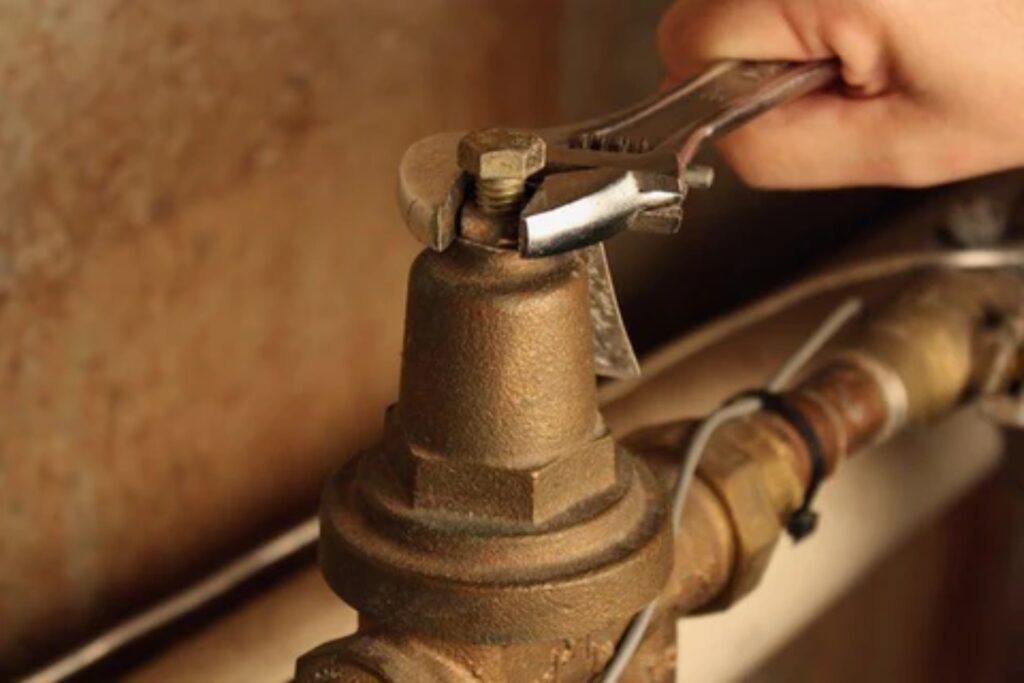
Whether you’re looking to reduce water pressure in your home or increase it, adjusting the pressure-reducing valve found on the main water-supply pipe is a relatively simple process. The first step is to locate the valve, which will be close to the main and next to the water meter. It’s usually conical-shaped and should be easy to spot. Once located, turn off the shutoff valves that supply power to either side of the valve – this will prevent any sudden flow of water while performing maintenance on it. After doing so, you can use an adjustable wrench or spanner wrench to loosen and remove both ends of the valve body, before inspecting its components for any damage or debris buildup.
Can you reduce water pressure by closing the valve?
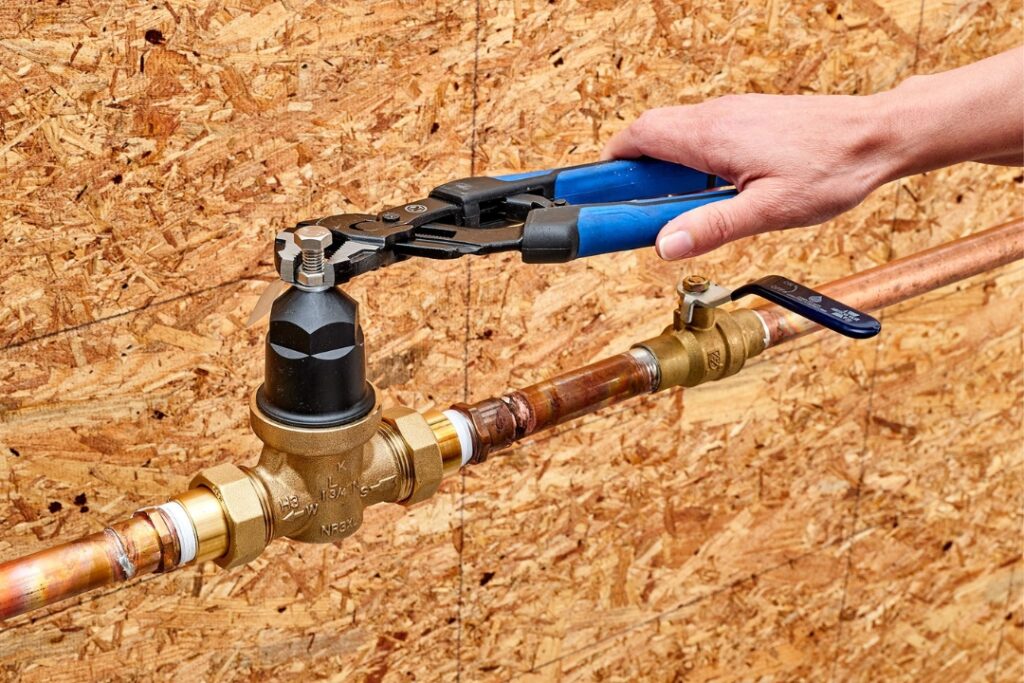 Can you reduce water pressure by closing the valve? The answer is a resounding no. Reducing flow in any system will only provide temporary relief from pressure, as when the flow stops completely, the pressure immediately returns to its original level.
Can you reduce water pressure by closing the valve? The answer is a resounding no. Reducing flow in any system will only provide temporary relief from pressure, as when the flow stops completely, the pressure immediately returns to its original level.
In the context of water supply systems, this means that if you were to close a valve in order to reduce water pressure, it would only be a momentary solution. As soon as you reopen the valve again, the pressure will return exactly as it was before. This is because reducing flow does not change any fundamental variables; namely, the amount of water stored within an enclosed space that can exert force against exits or entrances.
How can pressure flow be reduced?
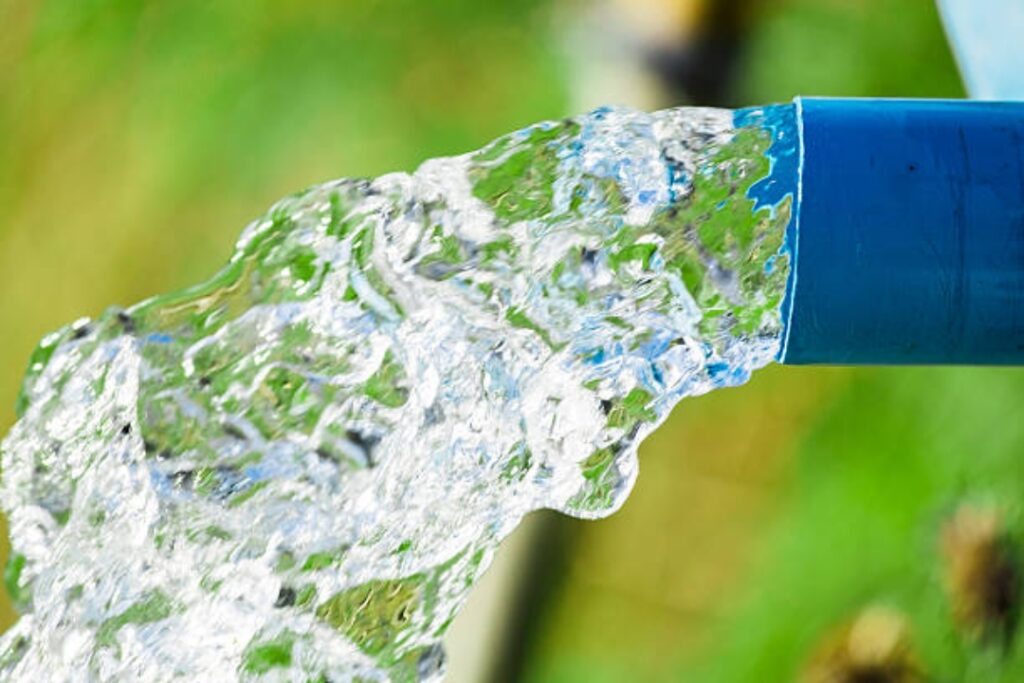
Installing a pressure reducing valve is an effective way to reduce the flow of high-pressure water in a plumbing system. Pressure reducing valves are designed to maintain a consistent and safe outlet pressure, even when the inlet pressure varies. This reduces the risk of dangerous water hammer, pipe damage and other issues that can arise from sudden changes in pressure.
Pressure reducing valves are relatively easy to install and require minimal maintenance once they’re set up. They take the higher inlet pressure and lower it to your desired outlet setting, under both flow and no-flow conditions. Helping you achieve optimal performance levels with your plumbing system. To install one successfully you’ll need access to both the incoming and outgoing lines, as well as basic plumbing tools such as wrenches and screwdrivers. When it comes time for maintenance or repairs on your valve, be sure to refer to its manual for instructions specific to that model.
Can you reduce pressure with a valve?

The answer is yes, by adjusting the water pressure in your home through turning the screw or knob clockwise. This action typically increases the water pressure, while turning it counter-clockwise lowers the pressure. Adjusting your valves is a simple process and can be done in mere minutes.
Before starting, make sure to turn off your main shutoff valve and open all of your taps to drain any remaining water in the system. Next, locate both the cold and hot water supply valves on either side of the sink or faucet that you are working on. To reduce pressure, turn each screw or knob counter-clockwise until you reach your desired level. Turning them too far may cause leaks and even damage so only adjust them slightly at first before making further alterations if necessary.
Adjusting your own water pressure is not difficult but it should only be done by an experienced professional if you are unsure about what to do. If the pressure is too high, you risk damage to your pipes and fixtures from excessive force; if the pressure is too low, then appliances that require more power such as showers and dishwashers may not work correctly.
How much does it cost to adjust water pressure?

Are you wondering how much it costs to adjust your water pressure? The good news is that the initial cost of a pressure reducing valve is not too high – they start at around $50. However, if you plan to have a professional plumber install it for you, this will likely add an additional upcharge of several hundred dollars. A new pressure reducing valve installed by a professional plumber will probably set you back around $350. This price includes the cost of labor and any additional fittings or fixtures needed during installation.
In addition to the cost of the valve itself, there are other factors that can influence the overall price tag for installation. These include the type and size of existing piping in your home, as well as any necessary repairs or adjustments that need to be made prior to installing the valve.
How do plumbers fix high water pressure?
High water pressure can cause major problems in your home’s plumbing system. Pressure that is consistently above 80 psi can damage pipes, reduce the lifespan of appliances, and lead to higher energy costs. To protect your home’s plumbing system from these issues, it is important to install a water pressure regulator (also known as a PRV).
A water pressure regulator works by controlling the amount of water entering your home’s plumbing system. It acts as a safety valve between the main water supply line and the rest of the house’s plumbing system; allowing only enough pressure for normal usage and preventing any sudden surges or drops in pressure. Plumbers will often recommend installing a regulator to help fix high water pressure issues in homes with an excessively high psi level.
Does reducing water flow reduce pressure?
High water pressure can cause major problems in your home’s plumbing system. Pressure that is consistently above 80 psi can damage pipes, reduce the lifespan of appliances, and lead to higher energy costs. To protect your home’s plumbing system from these issues, it is important to install a water pressure regulator (also known as a PRV).
A water pressure regulator works by controlling the amount of water entering your home’s plumbing system. It acts as a safety valve between the main water supply line and the rest of the house’s plumbing system; allowing only enough pressure for normal usage and preventing any sudden surges or drops in pressure. Plumbers will often recommend installing a regulator to help fix high water pressure issues in homes with an excessively high psi level.
How do you reduce pressure but not flow?
Pressure regulation of water flow is a critical component of any plumbing system. If the pressure is too high, it can cause damage to pipes and fixtures; if the pressure is too low, this can affect water flow and reduce efficiency. Understanding how to properly regulate water pressure in your home or business can save you time and money in the long run.
The only way to reduce pressure while water flows, and while it is not flowing, is to insert a pressure regulator in the line. This device works by controlling the flow of water by limiting its maximum output in order to keep pressures at acceptable levels when they begin to get too high.
Does pressure decrease with a smaller pipe?
Does pressure decrease with a smaller pipe? The answer is both yes and no. When it comes to water flowing through a pipeline, the size of the pipe and the water pressure are inextricably linked. In general, when the diameter of the pipe decreases, the pressure in that pipeline increases; however, this relationship is not linear. A decrease in pipe size does not necessarily result in an equivalent increase in pressure.
The exact relationship between pipe size and pressure depends upon many factors, such as viscosity of the fluid flowing through the pipe, total volume of liquid being passed at one time, friction losses caused by bends or roughness within the pipes themselves and other variables. Many mathematical formulas have been created to calculate these relationships between pressures produced by different sizes of pipes under varying conditions; these equations can help engineers determine optimal sizing for their pipelines given specific project requirements.
